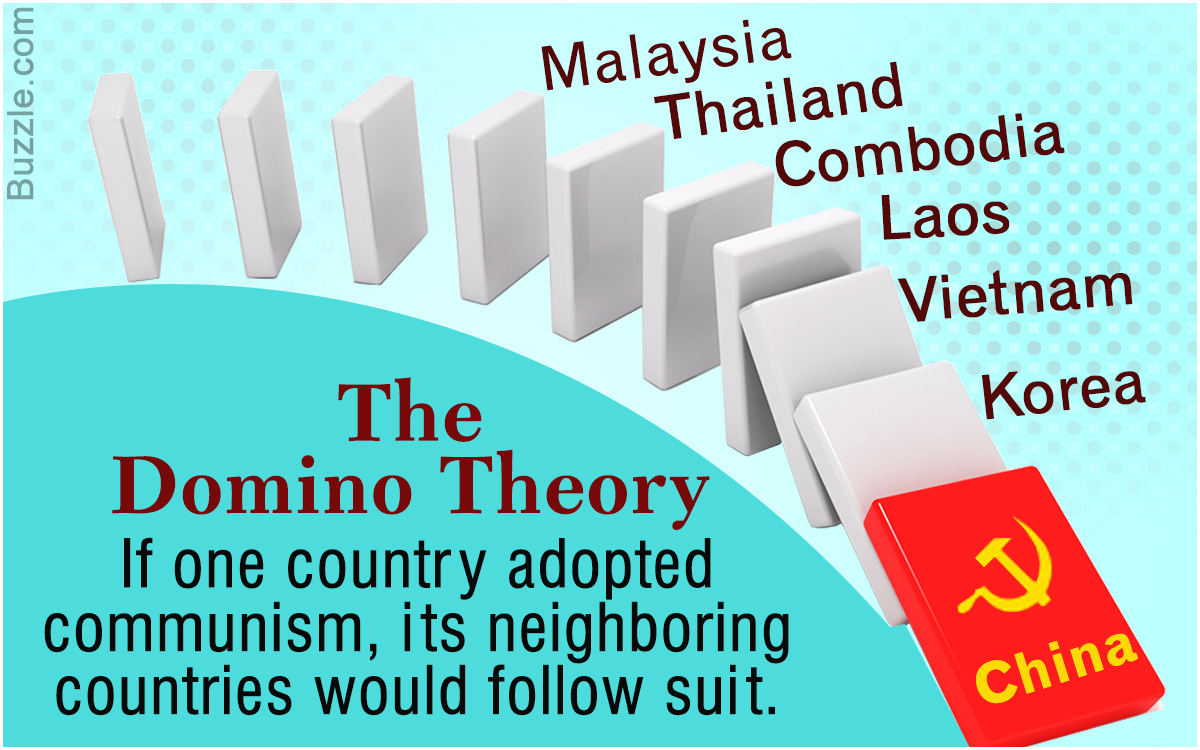

Khakzad N (2015) Application of dynamic Bayesian network to risk analysis of domino effects in chemical infrastructures. Khakzad N, Khan F, Amyotte P, Cozzani V (2013) Domino effect analysis using Bayesian networks. Khakzad N, Reniers G, van Gelder P (2017) A multi-criteria decision making approach to security assessment of hazardous facilities. Khakzad N, Reniers G, Abbassi R, Khan F (2016) Vulnerability analysis of process plants subject to domino effects. Khakzad N, Reniers G (2015) Using graph theory to analyze the vulnerability of process plants in the context of cascading effects. Zhang X, Chen G (2011) Modeling and algorithm of domino effect in chemical industrial parks using discrete isolated island method.

Reniers G, Dullaert W, Audenaert A, Ale BJ, Soudan K (2008) Managing domino effect-related security of industrial areas.

#Domino effect software
Reniers GLL, Dullaert W (2007) DomPrevPlanning©: User-friendly software for planning domino effects prevention. Landucci G, Gubinelli G, Antonioni G, Cozzani V (2009) The assessment of the damage probability of storage tanks in domino events triggered by fire. Reliab Eng Syst Saf 143:3–18Īlileche N, Cozzani V, Reniers G, Estel L (2015) Thresholds for domino effects and safety distances in the process industry: a review of approaches and regulations. Necci A, Cozzani V, Spadoni G, Khan F (2015) Assessment of domino effect: state of the art and research needs. Reliab Eng Syst Saf 200ĭarbra RM, Palacios A, Casal J (2010) Domino effect in chemical accidents: main features and accident sequences. Delft University of TechnologyĬhen C, Khakzad N, Reniers G (2020) Dynamic vulnerability assessment of process plants with respect to vapor cloud explosions.

Reliab Eng Syst Saf 191Ĭhen C (2021) A dynamic and integrated approach for modeling and managing domino-effects. J Loss Prev Process Ind 54:312–324Ĭhen C, Reniers G, Khakzad N (2019) Integrating safety and security resources to protect chemical industrial parks from man-made domino effects: a dynamic graph approach. Therefore, the DEG model can be applied to domino risk assessment at the chemical cluster level and support the allocation of safety and security resources for preventing and mitigating fire-induced domino effects.Ĭhen C, Reniers G, Zhang L (2018) An innovative methodology for quickly modeling the spatial-temporal evolution of domino accidents triggered by fire. Compared with past risk assessment methods for domino effects, the DEG model can rapidly deliver the evolution graphs (paths), the evolution time, the likelihood of domino effects, and the damage probability of installations. The DEG model considers synergistic effects, parallel effects, and superimposed effects and overcomes the limitations of “probit models” in the second and higher-level propagations. To address the dynamic characteristics, a Domino Evolution Graph (DEG) model based on dynamic graphs is developed in this chapter. As a result, a fire-induced domino effect is a spatial–temporal evolution process of fires. The escalation induced by fire is delayed since the build-up of heat radiation needs time. Fires are the most common scenarios in domino effect accidents, responsible for most of the domino effects that occurred in the process and chemical industry.


 0 kommentar(er)
0 kommentar(er)
